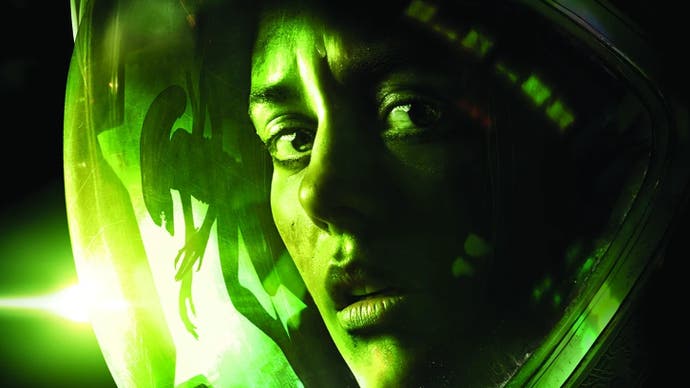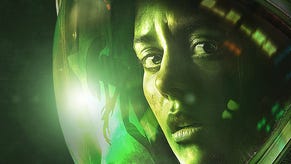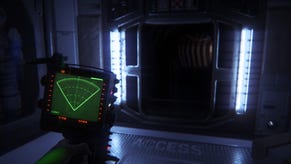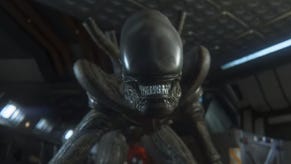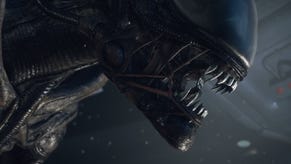Alien Isolation on Switch looks better than PlayStation 4
Minor visual downgrades eclipsed by a big leap in image quality.
Since the arrival of the Doom 2016 port for Switch, we've been continually impressed by developers' efforts to bring games designed for far more powerful hardware over to Nintendo's console hybrid. Even in the best cases, however, the sacrifices are usually plain to see: lower resolutions, lower frame-rates and a significant reduction in detail. Typical stuff but, with the right choices, the results can still look relatively good given the hardware - but what if I told you that Feral Interactive's Switch port of Alien Isolation is actually better than the PS4 and Xbox One versions?
It's a remarkable conversion of a brilliant game - one of the finest survival horror action games of this generation. Released back in 2014 on both current and last generation consoles, Alien Isolation utilises Creative Assembly's in-house technology to great effect with high-quality physically-based rendering, great post-processing and moody lighting. All of that is retained on Switch, but the execution is on another level compared to other ports.
So let's recap: the current generation console versions both deliver 1080p output with SMAA T2x anti-aliasing, while the PS3 and 360 versions used resolutions lower than 1280x720. Performance was unstable on last-gen consoles but relatively consistent on current generation machines - at least after patches. No matter which version you play, however, the art direction, material quality and design of the world is all top notch. For my money, no game before or since has managed to so successfully capture the look and feel of its original source material. The heavy reliance on post-process effects such as film grain and chromatic aberration works brilliantly in this case. It's a beautiful game even today, and the Switch port really is remarkable.
While there are some sacrifices made in select areas, there are also improvements and on balance, I'd say that they elevate this version over the original console releases. The largest improvement stems from image quality. On Switch, Isolation uses a mix of dynamic resolution scaling, contrast adaptive sharpening and TAA. In docked mode, the game maintains a resolution near 1080p most of the time but drops to resolutions such as 1026p, 900p, 882p and as low as 756p in the worst case.
And it's on that point that things get interesting. I've been arguing that pixel counts simply aren't as important these days and that's for good reason. While the PS4 and Xbox One versions are locked at 1080p, the Switch version is substantially cleaner in motion. This is due to a reliance on more modern accumulation temporal anti-aliasing. This approach massively reduces in-surface aliasing and edge shimmering to the point where it looks flat out better than the original console release, even if it is running at a higher pixel-count.
This is consistent throughout the adventure with a great number of surfaces now exhibiting smoother edges on Switch. Even when the resolution dips under 1080p, the result is still more visually attractive and cleaner to the eye. It's an impressive showing indeed, with the combination of TAA and adaptive sharpening helping to create a beautiful image overall.
Moving over to portable mode, Isolation excels here too. As you would hope, 720p is the target with minimum resolution coming in around 504p in worst case scenarios but that does not happen often, and for the same reasons that Switch presents so well when docked, the same techniques work just fine in handheld mode too, with super-clean edges and minimal aliasing. The main point is that image quality is an overall improvement over every single other console version of the game - possibly the first time in Switch history that such a thing has proven true.
But that's not to say that it's a perfect, feature-complete conversion. Firstly, ambient occlusion appears to have gone missing or has changed significantly. It doesn't have a dramatic impact in this case due to the relatively low light presentation but you will notice its absence if you look closely. Secondly, motion blur is now disabled - it was used in a subtle fashion in the original release and unfortunately, that is no longer the case on Switch. Furthermore, adjustments have been made to LOD and shadow draw-in distance, with different levels of geometry kicking in closer to the player.
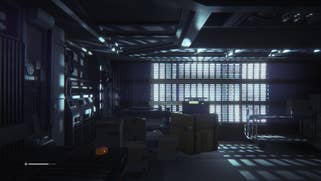
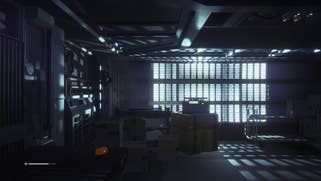
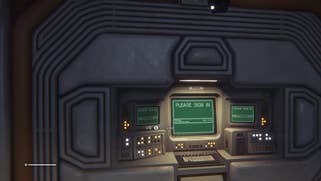
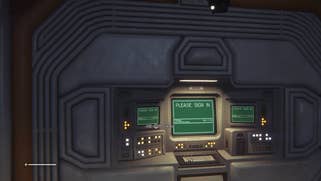
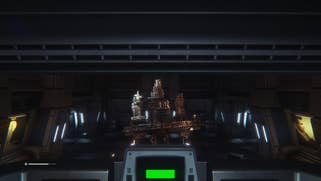

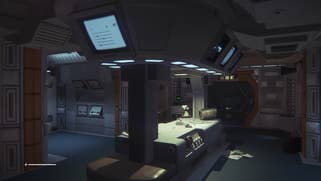
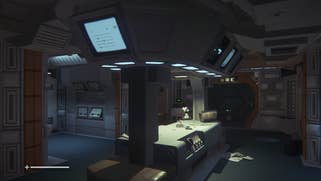
There are other factors beyond rendering effects. Audio is critical to the Isolation experience - especially surround sound. A lot of recent Switch games have strangely omitted this option entirely, dropping back to stereo sound only. That's not the case here - Isolation takes full advantage of the Switch's surround sound capabilities and the good news is that the sound quality is on par with the PlayStation 4 version. Then there is the full-motion video and this is one area where we do see a drop in quality. Certain sequences rely on video playback and the videos themselves have been more heavily compressed on Switch, likely to reduce overall file size. It's not an issue in portable mode but you will notice this on a larger display. At least they playback smoothly - when the game first launched on PS4, that was not the case, though it was later patched.
Lastly, there are the loading times to consider. These are relatively lengthy on all versions of the game when moving between maps and PS4 is slightly faster overall, but the Switch rendition is still comparable. Thankfully, loading upon death is extremely quick so this is only something you need to contend with when moving between different larger areas. So when we say that the Switch version of Alien Isolation is the best console edition available, what we're not saying is that the Switch version is superior in all respects. It is missing a few details, it loads slightly slower and the video clips are more compressed. During general gameplay, however, I feel the new anti-aliasing technique has a stronger overall impact. Shimmering is an omnipresent issue on PS4 to the point where the image simply never appears clean - this is always a problem. Throughout the experience, Alien Isolation on Switch is more stable, cleaner and more pleasing to the eye.
Put simply, Feral has made the right call here, improving image quality above all else while other changes likely intended to improve performance are relatively subtle and not likely to be noticed without side-by-side comparisons. Most importantly, the Alien Isolation Switch port retains the bulk of the technical features implemented in the game.
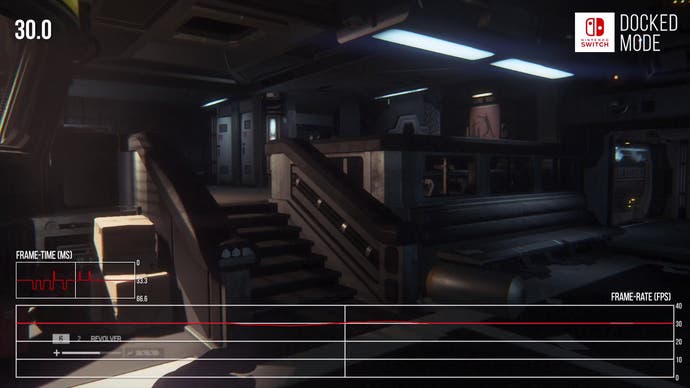
I really can't say enough good things about the materials - for a game released in 2014, the quality is exceptional and brilliantly conveys everything from polished metal to cardboard and beyond. Lens flares are used effectively to convey contrast between the darkness and high intensity spot lights. Various shapes are used depending on the light type as well. The volumetric lighting used throughout the game is also present and accounted for: this is used to create the illusion of light interacting with the ship's atmosphere - it doesn't appear to lose any fidelity on Switch up against the PS4 version either. Chromatic aberration and film grain are both featured prominently on Switch but if you prefer to disable them, that is an option. Previously, only film grain could be disabled. I'd rate the overall presentation here as phenomenal, even five years after its initial release.
Comparisons with the last-gen PlayStation 3 version of Alien Isolation are also fascinating. Stacked up against Switch, it runs at a lower resolution, it's missing many effects and runs very, very poorly by comparison. It may seem silly to compare Switch with PlayStation 3 but we must not forget that there are instances of games which ran worse on the Nintendo machine than they did on last generation consoles - at least when they first launched.
Performance is interesting for this port, and there are two points to consider. Most importantly, the frame-rate in general is very consistent. It targets 30 frames per second and delivers an even 33ms throughout most of the game. What dips there are seem quite minor, lasting just a couple of seconds at most before the game snaps back to 30fps. It seems likely that these issues are triggered by IO operations. Alpha effects can also trigger a momentary dip in performance. The original PS4 and Xbox One versions of the game exhibited similar problems in select areas as well so this is expected. In fact, the Xbox One version on original hardware is significant less fluid than Switch and exhibits screen tearing. It should be noted that the Switch version appears to use triple buffer v-sync rather than adaptive v-sync like the original thus tearing is eliminated and input latency slightly increased.
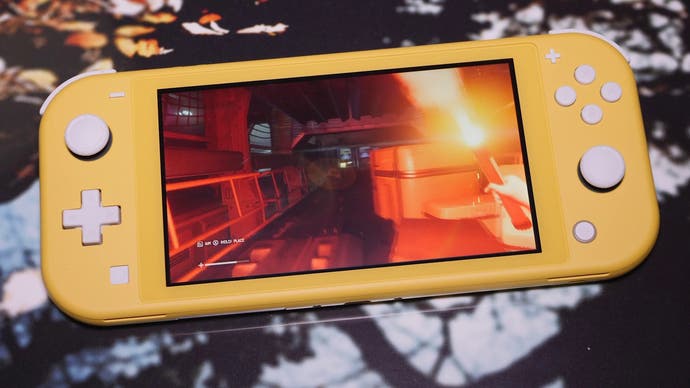
But there is another issue I noticed. At certain points - mainly when new areas are loading - fluidity is momentarily compromised in a way that doesn't appear on any frame-rate graph. That's because it's not actually dropping frames - instead, when this occurs, the distance in which the camera moves becomes inconsistent momentarily. So, it's stable but visually appears less smooth during these brief moments. It's a curious thing and I wonder if it can be addressed in a patch? Even with these minor blips, the experience is stable overall and a massive improvement over the last gen version.
The icing on the cake is the inclusion of extra features on Switch. Firstly, this version includes all DLC released for the original game, so it's content complete out of the box. Secondly, it also includes the option to use motion aiming - but only when aiming your pistol or using the motion tracker. This is a stroke of genius as it doesn't require you to worry about hand positioning during normal exploration but when you bring up one of those tools, suddenly you can take advantage of it. It feels great.
So, yes, the Switch port is glorious overall but beyond that, its arrival reminds me of just how brilliant this game was - and still is. It remains one of my favourite games of the generation: a perfect blend of exploration, horror, action and resource management. It is akin to a System Shock-lite experience in many ways and I love it. The new Switch version just happens to be a great excuse to revisit the game. I'd also say that this is also a great moment for developer Feral Interactive. The studio has been around for a very long time now and has focused primarily on porting games to platforms such as Mac and Linux. Its arrival on Switch with both Alien Isolation and Grid Autosport reveals a level of skill here that transfers across beautifully to console development too - and I look forward to seeing more.
